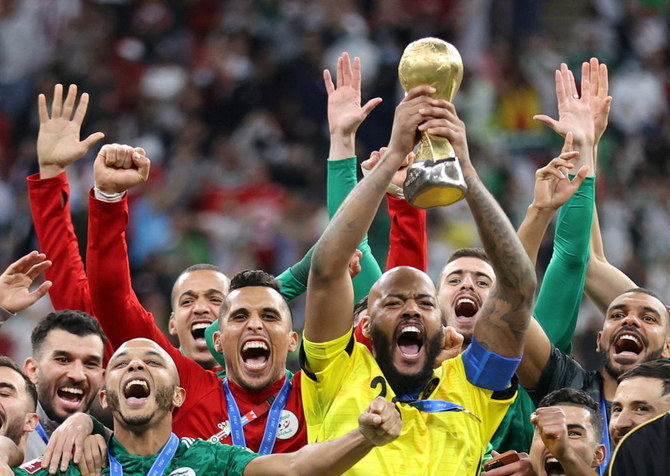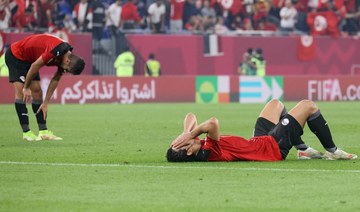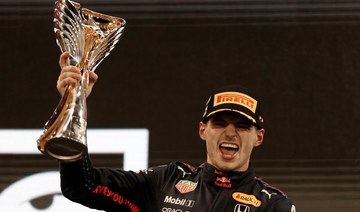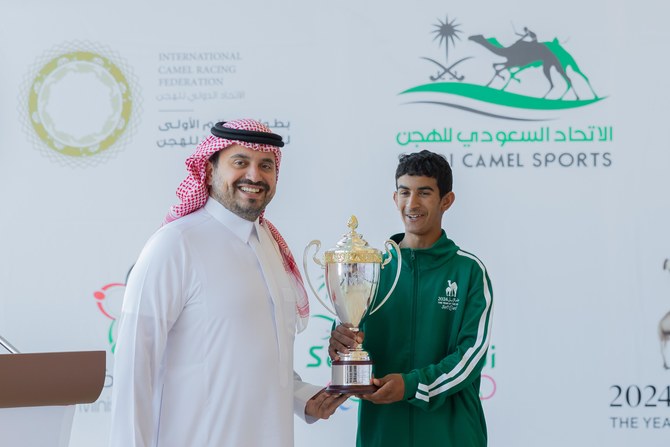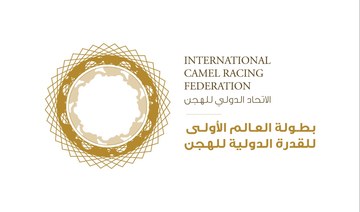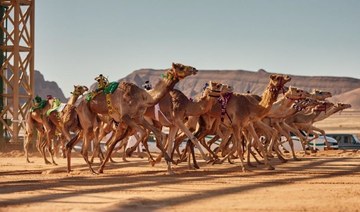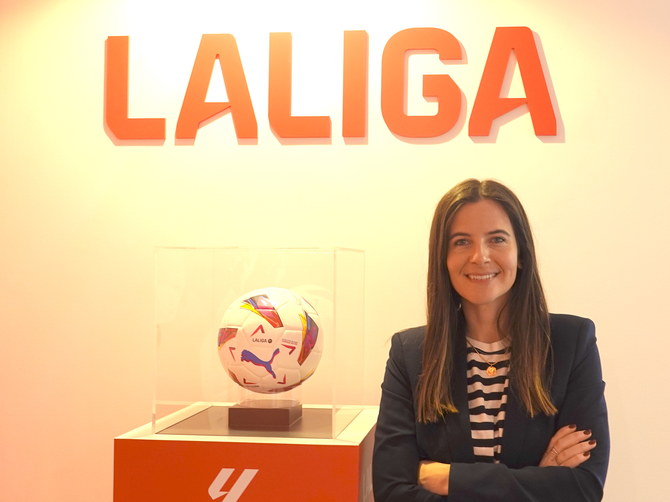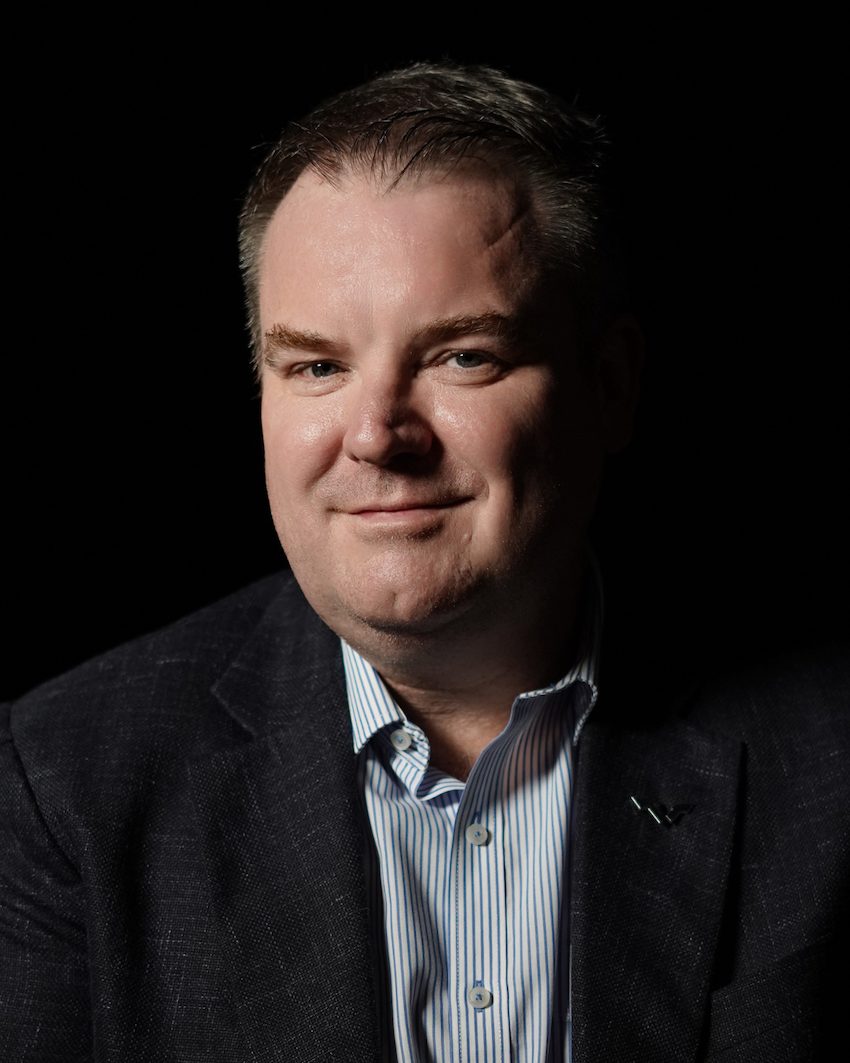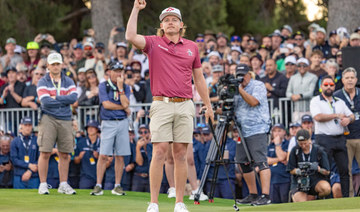The 2021 Arab Cup ended on Saturday with Algeria defeating Tunisia 2-0 after extra time to lift the trophy. Here are five things we learned from what turned out to be hugely successful 16-team tournament.
1. FIFA Arab Cup is here to stay
With no Confederations Cup, it was always a good idea to have some sort of tournament a year out from the World Cup, and the resurrection of the Arab Cup seemed like a natural thing to do. It is no surprise that it has worked out well, but just how well was somewhat unexpected.
The tournament started with the big African nations shorn of their European stars and talking of using it as preparation for bigger challenges to follow in 2022. It ended with fans watching the game on big screens in Algeria and Tunisia, and wild celebrations in the former.
As entertainment, it was memorable. There were some great games, superb goals and the correct amount of controversy — the 19 minutes of added time in Algeria’s semifinal win over Qatar was stunning, as was the action it contained.
Attendances were healthy, especially in the knockout stages, and the atmosphere in the stadiums added the big-match feeling that such tournaments need. In short, this felt like a real tournament, one that should become part of the football calendar in different countries in the region for a long time to come.
2. Africa triumphs in Asia
Ten Asian nations started out last month, but only one, Qatar, made the last four and none made the final. While the African entrants had to leave their big stars in Europe, they still proved to be too good for Asia.
The likes of Oman and Jordan reached the quarterfinals and showed that they could be competitive internationally, and it was an excellent experience for them to play teams from outside Asia as they rarely get the chance.
Overall, though, it was not quite good enough from the AFC representatives, and it shows that the West Asian teams need, among other things, to send more players overseas to play. That is the striking difference between the nations of North Africa and West Asia. One region exports talent to play around the world and gain international experience, the other does not.
3. Saudi Arabia’s approach was right
There was debate back in Riyadh as to whether it was the correct decision to send U-23 team to Qatar instead of a more senior side. After all, with World Cup qualification resuming in January, it would have been easy to give Herve Renard more time to work with his players, especially as the Saudi Pro League has been suspended for the duration of the tournament.
But to go with the rookies was the right decision. Giving young players experience at regional tournaments is what Japan and South Korea have been doing for years — they started doing so at the Asian Games before it became compulsory — and they have an enviable World Cup qualification record.
While perhaps the league did not need to be paused (no more than two players could have been called from one club to spread the burden), the decision to use young players was a far-sighted one. It did mean that Saudi Arabia were never going to go too far in the tournament, but the benefits should become apparent in the years to come.
4. Egypt can also be satisfied
Egypt’s approach was slightly different to Saudi Arabia’s as they took plenty of young and inexperienced players, though there were a few older heads to help out, too. It also resulted in a satisfying outcome.
The Pharaohs could easily have been in the final, but were defeated by Tunisia in the semifinal with the last action of the game. In the end, a fourth-placed finish with a largely inexperienced team was a decent performance from Egypt under new coach Carlos Queiroz, who will now have a much better idea of the general level of the players pushing to be in the senior squad after six competitive games.
“It was a good opportunity to discover new players and new blood,” said Queiroz. “The average age of the team is less than 25, and many players wore the Egypt shirt for the first time. This was the reason we came here, to gain experience, and indeed we won four times and were unlucky the last time.”
It sets Egypt up nicely for the Africa Cup of Nations in Cameroon next month and, of course, the final round of qualification for the 2022 World Cup.
5. Encouraging for the World Cup
With games in the English Premier League canceled on a regular basis and COVID-19 surging in many countries, it was a credit to organizers and the host nation that the Arab Cup went ahead seemingly without a major outbreak. The players were kept safe and despite the substantial attendances, so far there has not been an issue.
With much of the world reimposing restrictions as cases rise once again, the success of the Arab Cup offers hope. It means that even if we are still living in the midst of the global pandemic this time next year, it is possible to hold a festival of football.
The World Cup is, of course, on a different scale and is the biggest sporting event on the planet, but the Arab Cup suggests that there can be cause for optimism and much to look forward to next year.



